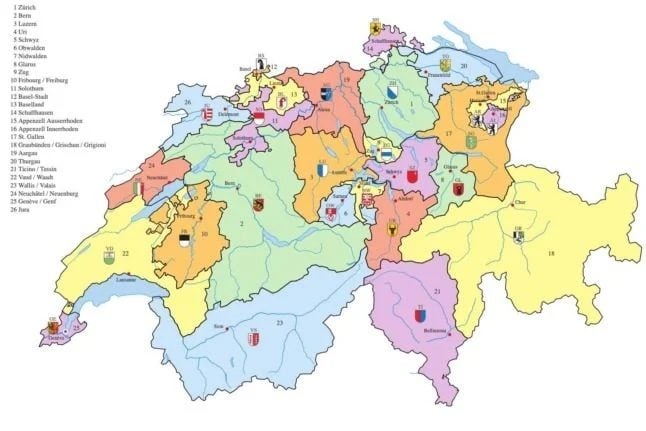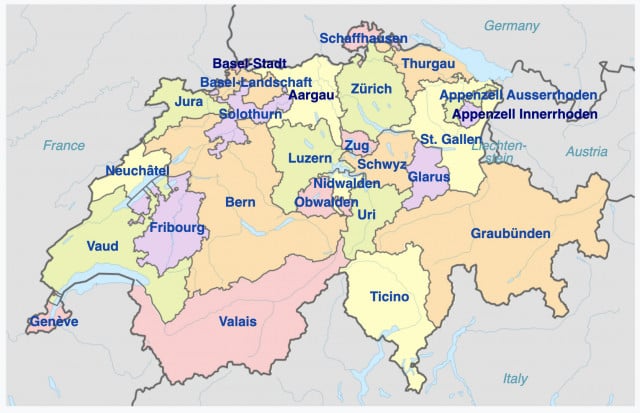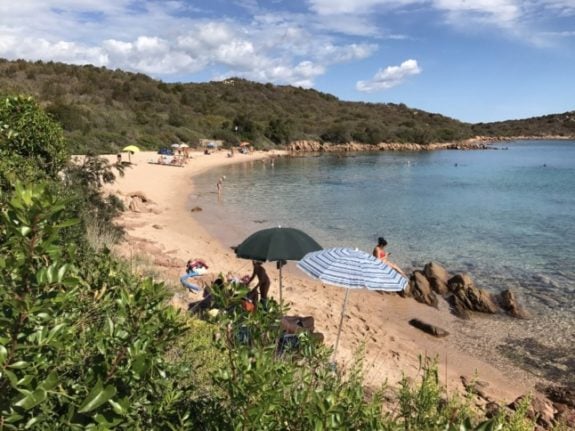In normal times, the word ‘graben’, which is often used in a humorous way, refers to sometimes-profound differences in mentalities between the two linguistic regions.
Now, however, this term is used in a more serious context to describe the divergent epidemiological situations in French and German-language cantons.
While Geneva has shuttered all non-essential businesses and other ‘Suisse Romande’ cantons have also closed their bars, restaurants, entertainment and sports facilities, “people in the Swiss-German part go to fitness centres at noon, and then they eat or drink coffee in their favourite restaurant”, according to a report by RTS public broadcaster.
“Everything is open. We can do whatever we want”, a woman sitting on the terrace of a coffee shop in Bern told the TV station.
READ MORE: Where in Switzerland is the rate of Covid-19 infections falling?
Also, as hospitals in the Suisse Romande became saturated, those in the Swiss-German part did not. In fact, several facilities in the most-impacted regions had to transfer some of their coronavirus patients to medical centres in Bern and Zurich.
Health officials say there are several reasons why “the number of cases is four times higher” in French speaking Switzerland rather than the German-speaking part.
Recent municipal elections in Valais and the Bénichon Festival in Fribourg might have contributed to the increase in infections, they said.
And in Geneva, which has recently reported the highest number of coronavirus contaminations in Europe, high population density, its location near the French border, and a high level of mobility among its international residents, have been at least partially responsible for the spike in cases.
READ MORE: Why does Geneva have the highest number of coronavirus infections in Europe?
The situation now is different from the first wave of the pandemic in the spring.
At that time, a national emergency was declared and the government implemented the same restrictive measures throughout the country — even though then, as now, the Swiss-German regions were less impacted by the outbreaks than their French counterparts.
This time around, the coronagraben has deepened, as it is now up to individual cantons to impose their own rules.
But some Swiss, especially in the more impacted areas, say a national approach should be enacted again.
“We should stop this cacophony between regions”, a man from Valais told RTS.






 Please whitelist us to continue reading.
Please whitelist us to continue reading.
Member comments